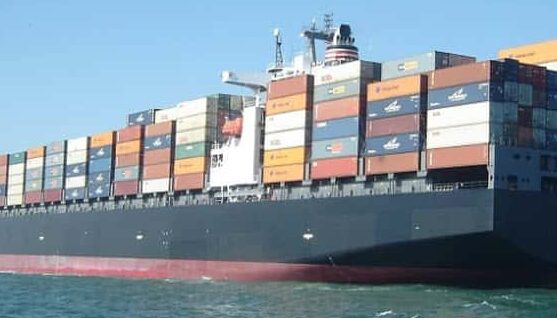A spike in ocean freight rates is creating some heartburn for dry bulk commodity buyers who may be uncovered over the next few months as strong global demand for grain and coal stresses vessel supply. Fortunately, lower freight futures prices in the second half of 2021 could hold if commodity demand eases, as expected.
“We believe most of our wheat buying customers have booked freight already for April or May deliveries,” said USW Vice President of Overseas Operations Mike Spier. “We hope this spike in freight prices is short term because it obviously increases the landed cost of wheat from the United States and all other suppliers.”
“The freight story is all about demand and supply for dry bulk vessels,” said a former U.S. grain trader. “There’s just too much dry bulk movement right now and not enough vessels to cover it.”
“There’s an absolute frenzy now to secure panamax and smaller vessels to ship coal and grains,” said one U.S.-based freight trader. Usually, bigger ships are more expensive to run than smaller ships and the cost to operate a vessel increases with its size. But the current situation is anything but usual. Because medium-sized, panamax vessels are more versatile in their loading and unloading capabilities, they are trading at a premium to even capesize vessels, which can ship more than 125,000 MT of dry bulk commodities in one voyage.
Between March 1 and March 2, panamax quotes for nearby delivery jumped 17% to trade at $21,350 per day — a $6,700 premium to the capesize vessel operating cost. According to independent transportation consultant Jay O’Neil, PNW to Japan panamax rates for nearby delivery increased 18% between early and late February to $32.00 per MT.
Chinese Demand Factor
China’s current outsized demand for global commodities is adding the most pressure on the whole dry bulk shipping system. In a unique situation, dozens of vessels loaded with coal are idle off Chinese shores because of the ongoing trade dispute with Australia. Heightened Chinese purchases of corn, soybeans, wheat and even grain sorghum from North and South America also reduces vessel supply around the world.
Looking ahead, “It all comes down to what China will do in Q2, Q3 and Q4,” said another grain exporter. The trade believes if China continues to buy North and South American agricultural commodities at a substantial pace, like in Q3 and Q4 of 2020, panamax availability could remain tight through 2021 and the landed price of U.S. wheat could remain high.
Bright Spot
As of March 3, however, panamax futures for Q4 delivery traded at $15,200 per day, substantially lower than the $21,350 per day panamax futures quoted for nearby delivery. Perspective also comes from looking back to dramatically higher freight rates more than 10 years ago when wheat buyers were paying close to $100 per MT and, only one year ago, when rates were near all-time lows.
If global panamax demand and supply factors reach more of an equilibrium throughout the year, for example, if Chinese demand for imported coal and agricultural products does ease, customers could take advantage of the inverted panamax futures curve to price more competitive freight options for future delivery.
Time will tell.
###
Claire Hutchins – USW Market Analyst


